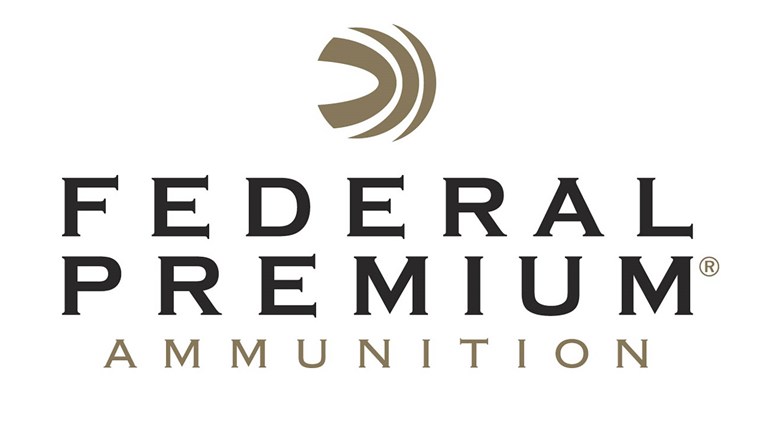
It’s common for folks to overlook the concealed part of concealed carry when selecting a handgun for that purpose. I’m not saying a SIG P320 or a Glock 17 is a bad idea. What I am saying is that many will find both difficult to comfortably conceal on a daily, year-round basis. If you can hide one of these handguns discretely and comfortably, then by all means. If not, there are other options.
Of course, as handguns get smaller and easier to conceal, they become more difficult to shoot effectively. There’s a balance of concerns that must be struck. A big handgun you find uncomfortable to carry will likely not be carried. On the other hand, a small handgun that’s difficult to shoot with the same efficiency as a larger gun, might not allow you to get your hits or be adequate to stop a fight.
The smallest and lightest semi-automatics and revolvers for concealed carry are generally chambered for the .380 ACP and .38 Special. Though many consider both the minimum for personal protection, they are way better than a larger and heavier gun you’ve left at home. The key to shooting these ultra-compact handguns effectively is practice and their effectiveness is determined by shot placement and the ammunition you feed them.
.380 ACP
.380 ACP handguns can be very compact and easy to conceal. The Diamondback DB380 is less than 6 inches long, weighs less than 9 ounces, and has a capacity of 6+1. You can hide this gun in a lot of places on your person, and it is so small and light you may even forget it’s with you. Like with most ultra-compact .380s, you’ll need to spend some time on the range in order to reliably get good hits. When it comes to stopping bad guys, good hits matter, but so too does the ammunition you’re using. Fortunately, due to the rise in popularity of little handguns like this, ammunition manufacturers have answered the call.

Federal has recently released two new loads for the .380, and while they will not deliver terminal performance on par with a 9 mm, the terminal performance they do offer is a substantial improvement over current loads for this cartridge. The first is the inexpensive 85-grain Punch load. It will expand to around 1.4 times its original diameter and penetrate about 10 inches in 10 percent ordnance gelatin. The other is the 99-grain Hydra-Shok Deep. This is one of only two .380 Auto loads I’ve found that will meet the FBI’s minimum penetration depth of 12 inches. By optimizing the bullets and velocities for these new loads, Federal has seriously enhanced the effectiveness of this little cartridge.
.38 Special
Some shooters feel more comfortable with a revolver, but when it comes to revolvers, you’ll not find one as compact or as light as a .380 semi-automatic. Still, small and light options exist. The 5-round Ruger LCR weighs only 13.5 ounces and is only 6.5 inches long. It’s also a bit more comfortable to shoot than the diminutive .380 ACPs, even with +P .38 Special ammunition. Though once the darlin cartridge of law enforcement, the .38 Special has fallen from grace and many consider it less than idea for personal protection. They shouldn’t; with the right ammunition it can be a fight stopper.

The Speer 135-grain Gold Dot .38 Special +P Short Barrel load might be the best option for these compact revolvers. In defiance to its lumbering velocity of less than 1,000 fps, this load will consistently penetrate deeper than 13 inches, while expanding with a frontal diameter that’s more than a 1/2-inch across. Remington’s Golden Saber 125-grain +P load is another great option that will deliver similar expansion with just slightly less penetration.
Which to Pick?
Generally, compact revolvers like the LCR have stiff double-action trigger pulls. This, like with learning to accurately shoot the miniature .380 ACPs, means more time on the range to establish proficiency. On the other hand, revolvers tend to be a bit more reliable than the ultra-compact .380s and are much less finicky about the ammo you feed them. They are, however, a bit slower to reload.
What’s the best option for concealed carry? Given the best loads for both cartridges, I don’t think there’s enough difference to argue about; a snub-nose .38 Special revolver will deliver slightly better terminal performance, but capacity will be slightly less. The choice should be driven by concealability and comfort. Which handgun will you be able to conceal the easiest, and which handgun are you most comfortable shooting and operating? In the end you will best served by the gun you carry most often, and the choice is not so much between the two cartridges as it is between a semi-auto or a revolver.




































